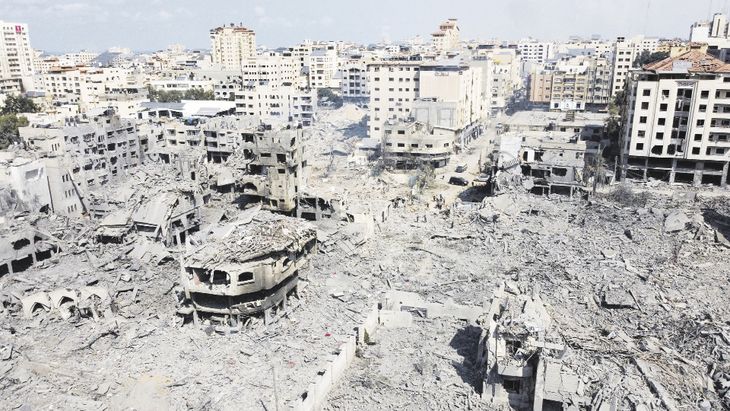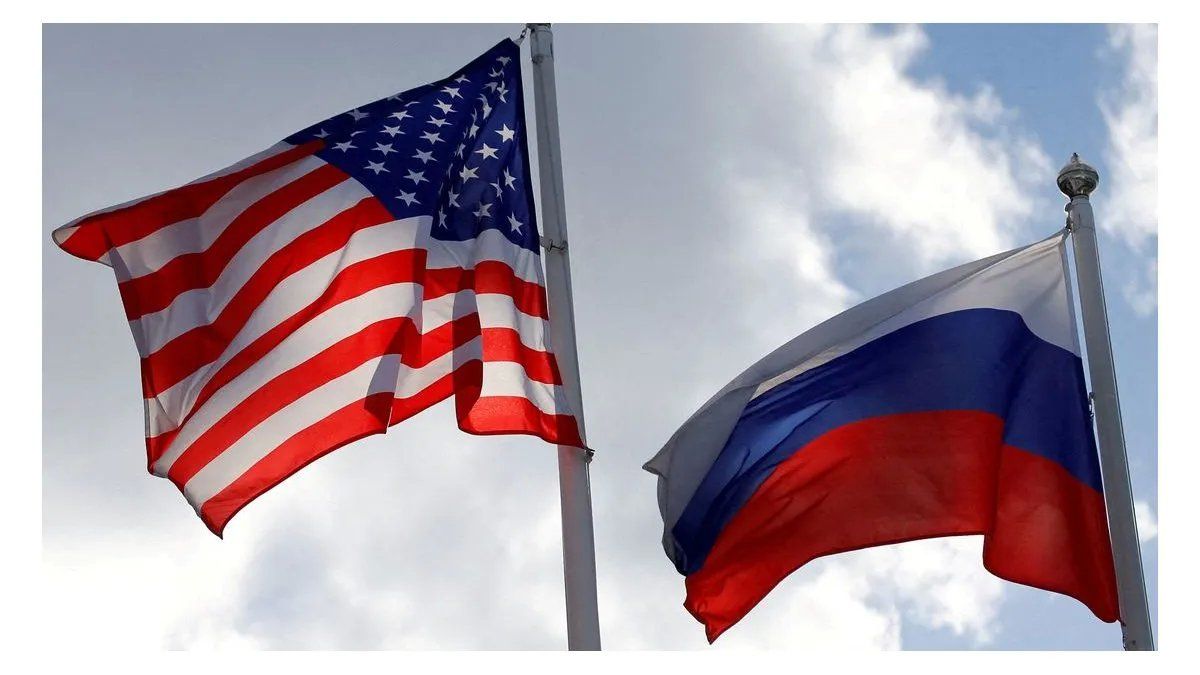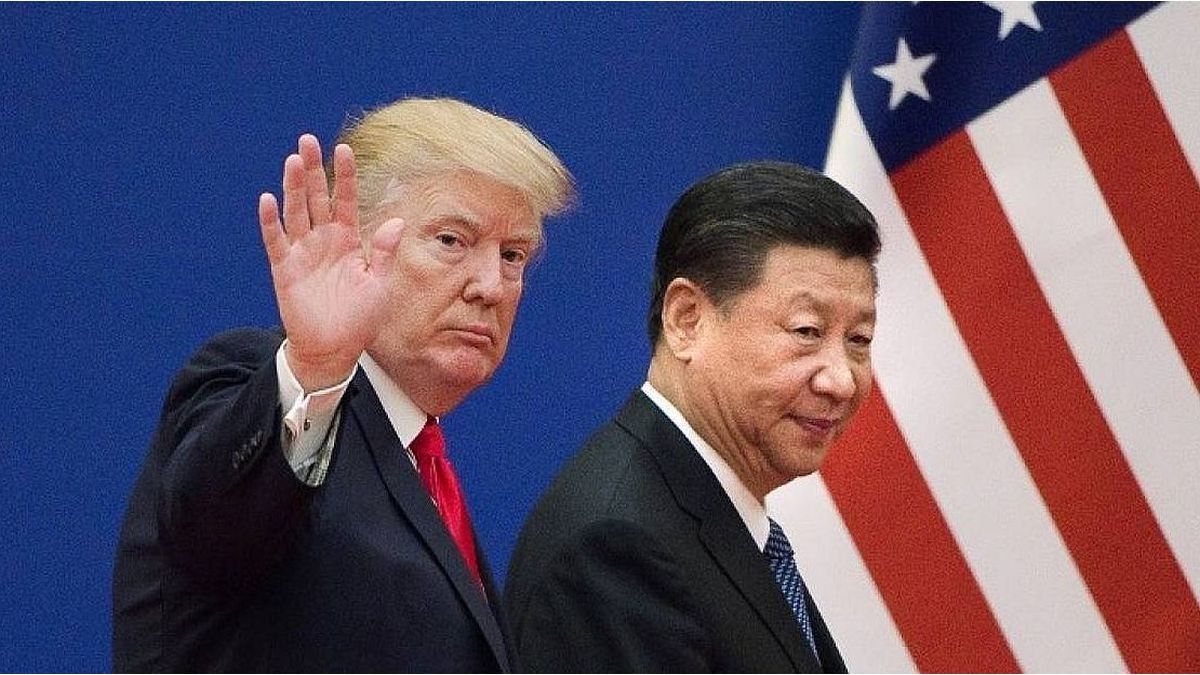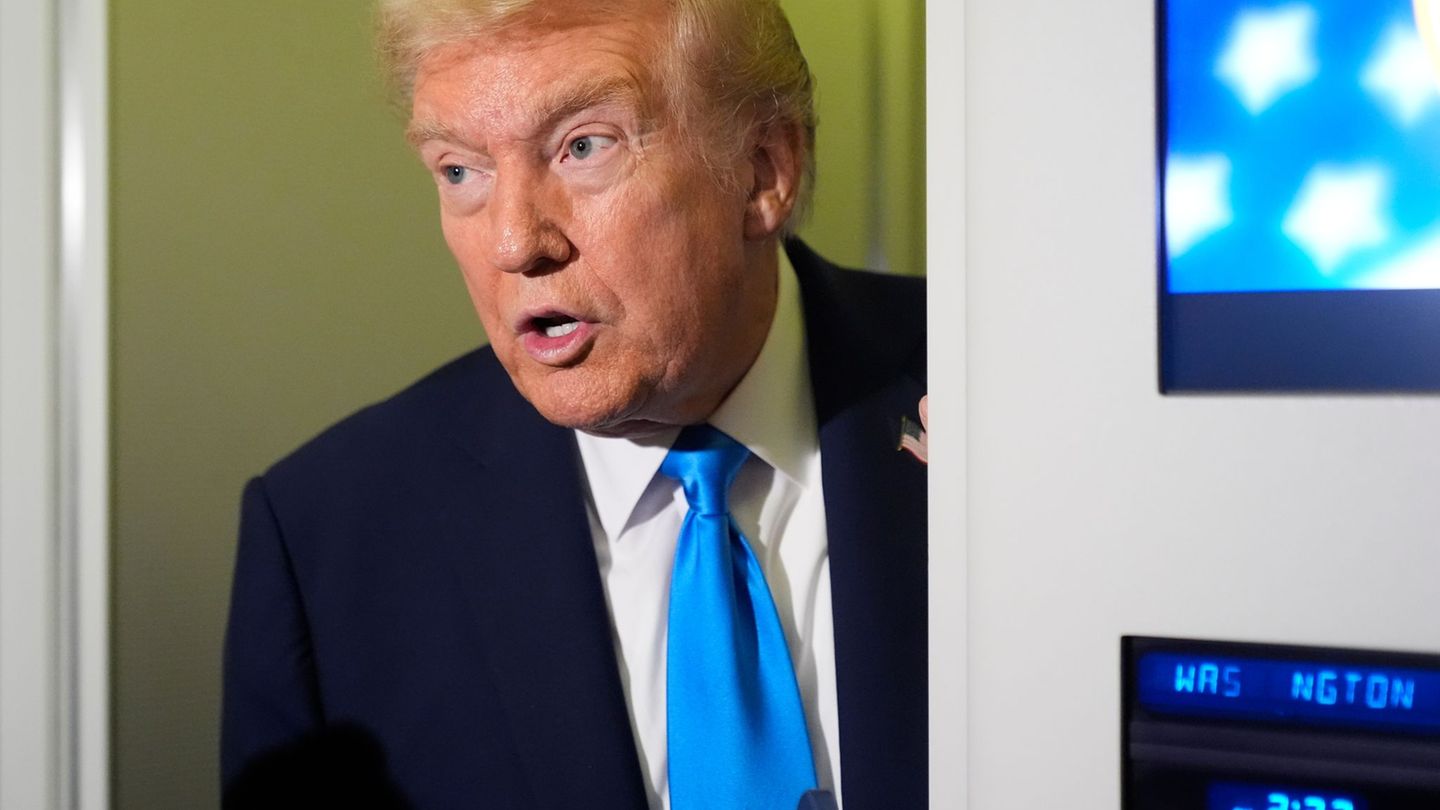According to experts, Israel could be trying to reconfigure its own borders to ensure the country’s security. What are the active fronts today.
According to experts, Israel could be trying to reconfigure its own borders to ensure the country’s security.
REUTERS
Israel is currently surrounded by tensions: Gaza to the south, the West Bank to the east and Lebanon to the north. These active fronts add to an escalation with Iran and its allied militias. The prime minister, Benjamin Netanyahuand his followers see an opportunity to redefine the geopolitics of the Middle East and guarantee the country’s security. However, some experts believe that Israel could also be trying reconfigure their own borders.
The content you want to access is exclusive to subscribers.
In Gaza, the Israeli army faces Hamas and has displaced 90% of the Strip’s 2.2 million inhabitants, with calls for possible reoccupation. The death toll is now approaching 42,000. In the West Bank, Israel has increased its occupation of Palestinian lands, allowing settlers to expand at an unprecedented rate. Meanwhile, in southern Lebanon, Israel has deployed approximately 15,000 troops and evacuated dozens of villages, occupying a quarter of the territory, according to UN estimates.


Territorial reconfiguration
For Roxane Farmanfarmaianan expert on Middle East politics at the University of Cambridge, Israel seems to be in a process of establish full control over the West Bank, Gaza and parts of southern Lebanon. The most extreme ministers in Netanyahu’s government have openly expressed their desire to ensure complete sovereignty from the Jordan River to the Mediterranean.
INTER – P16 ISRAEL-PAL_opt.jpeg

The Israeli army has displaced 90% of the 2.2 million inhabitants of the Gaza Strip.
Settlement expansion in the West Bank and East Jerusalem has accelerated since the start of the conflict in Gaza, affecting the viability of a two-state solution. David Schenker of the Washington Institute warns that the possibility of a Palestinian state is at its furthest point since the 1993 Oslo Accords.
Lebanon, Iran and regional balance
Israel has carried out a ground invasion in southern Lebanon, beginning in September after a year of clashes with Hezbollah. The operation has forced the displacement of 1.2 million peoplewith the stated goal of destroying the group’s military capabilities to protect Israeli civilians.
Although Hezbollah is considered an immediate enemy, Iran poses a greater threat. Israel’s recent actions against Hezbollah and Hamas leaders, as well as attacks in Syria, have triggered a direct response from Tehran, which launched 200 ballistic missiles against Israel.
US support
Washington has drawn its own red linespreventing the conflict from escalating to Iran’s nuclear and oil facilities. The administration of Joe Biden seeks to avoid a major confrontation with Iranwhile continuing to promote the normalization of relations between Israel and some Arab countries, such as Morocco and the United Arab Emirates.
The future of relations with Saudi Arabia
The negotiations between Israel and Saudi Arabia to normalize relations have been interrupted by the recent war with Gaza. Riyadh has made it clear that it will not establish diplomatic relations with Israel until the Palestinians obtain a state.something that is not on the agenda of the current Israeli government.
Source: Ambito




